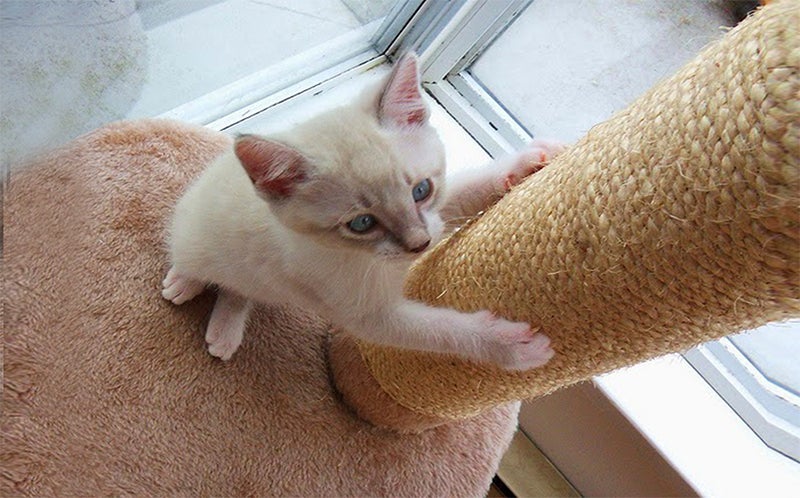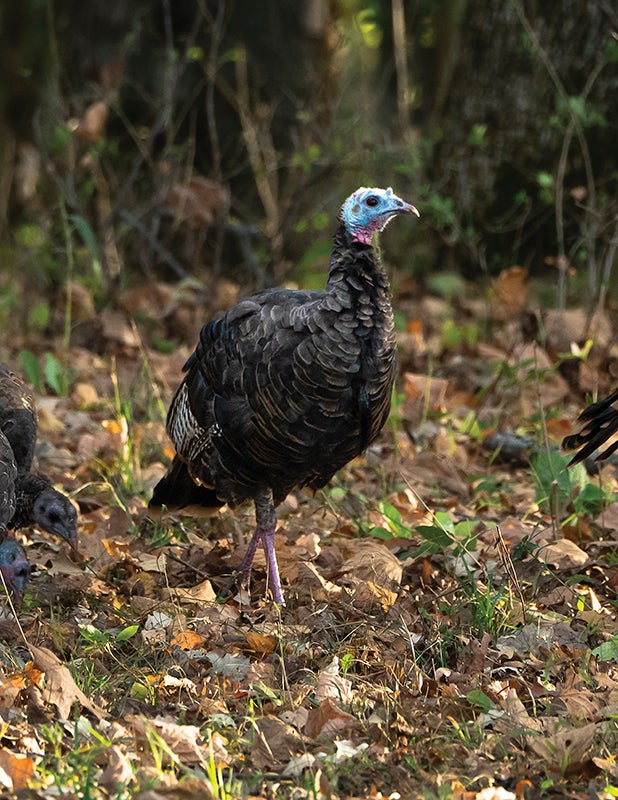Guest Column: It’s banned in several countries, but legal in U.S.
Published 2:45 pm Friday, June 28, 2019
By Michelle Nelson
Michelle Nelson is the owner of The Pet Authority in Albert Lea.

Michelle Nelson
Fifteen years ago I opened up my home to an injured barn cat. Needless to say, she never made it back to the barn as she loved being in the house. This was my first “indoor” kitty, so I did what I thought everyone did, I had her declawed. I still remember very clearly bringing her home after the procedure, still not fully recovered from the anesthesia. She cried all the way home. I watched her stumble out of her carrier with blue bandages on her legs. I could see the pain in every single movement she made. What had I done? I was in tears, as I never expected this simple routine procedure to cause such pain to my kitty (her name was Cali). Right then and there, I vowed to never have this done to a cat I owned again.
Since I was new to having a kitty as an indoor pet, I didn’t ask the right questions, if any, about the procedure. I really thought it was basically pulling out the nail and deadening the roots so the claws did not grow back. Boy was I ever wrong!
Why they call it declawing is beyond me, as it is actually “de-toeing.” The procedure involves 10 separate toe amputations on the front paws, and if the hind paws are done, add eight more amputations. The declawing procedure involves cutting between the second and third bones and amputating the last bone that contains the claw as their claws grow from the bone, unlike human nails, which grow from the flesh. You could liken the procedure to cutting your own fingertips off.
Cats walk on their toes — most mammals, including us humans, walk on the soles of their feet. This would explain why my Cali was in such extreme pain when trying to walk after her procedure. And because she is a cat, it didn’t take her very long before she was able to hide her pain, allowing me to think she was completely healed. But that is their natural instinct, to hide their pain, because an injured cat quickly becomes their larger predators’ next meal.
When I was young, my grandpa had his leg amputated from the knee down. It did not heal in one week like I assumed my cat’s paws were healed. It took months to heal, and even years after, he had phantom pains that were extremely painful in a leg that no longer existed. It makes me question if our cats have phantom pains. Pain is very often the root cause of undesirable behaviors like eliminating outside the litter box and aggression, including biting. Litter box avoidance is the No. 1 reason why cats end up in the shelter.
In hindsight, I wish I would have explored other options to minimizing the cat claw damage around my home other than declawing (de-toeing) my sweet Cali. Since cat scratching is a normal feline behavior, it just needs to be redirected. Here are a few alternatives to declawing:
1. Cat scratching posts: Catnip can be applied to the post to attract them.
2. Trim your cat’s nails every couple of weeks.
3. Protect off-limit areas with double-sided tape, aluminum foil or plastic sheeting.
4. Spray citrus essential oils on areas you want to keep your cat away from (ie. couch).
5. Nail caps can be used to cover your cat’s nails.
6. Pheromone sprays and my favorite CBD salve (rub on inside of ears) help to relieve anxiety or stress.






